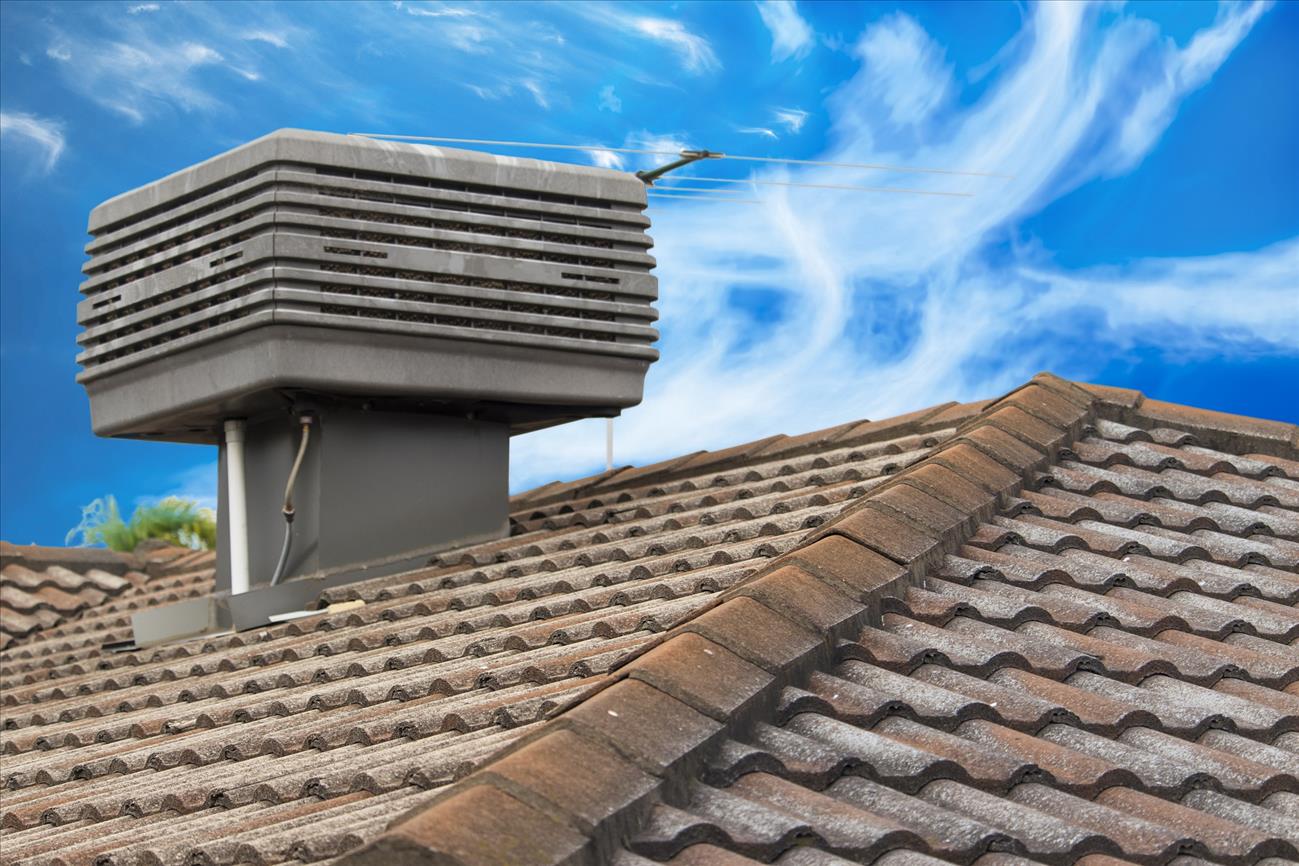Roughly 60% of total human respiratory and gastrointestinal infections are picked up indoors, and can spread easily in poorly ventilated settings. Good ventilation is, therefore, an important feature of structures, preventing illnesses and reducing the transmission of viruses and bacteria. On the bright side, ventilation, which is intricately linked to the air-conditioning systems of buildings, can be improved by simple DIY remedies. Home improvements targeting ventilation and air conditioning systems can help move air indoors efficiently, minimizing health risks without paying hefty remodeling or renovation costs.
Heating, Ventilation And Air Conditioning (HVAC) Systems And Roof Vents
If you already have an HVAC in place, there are a few things that you can do to improve its efficiency. Knowing the components of your HVAC and their function will help in increasing its overall performance. For example, maintaining your compressor is vital to its operation, since it serves as the electric pump that allows the circulation of the refrigerant to keep the air cool. Cleaning condenser coils also improves the unit’s cooling capacity and reduces the chances of it breaking down, as well as saving on energy bills, while changing air filters regularly enhances air quality.
In addition to an HVAC system, consider installing a ridge vent that you can add to an existing roof. It will improve air circulation in attics by removing heat and humidity and bringing cooler air in. The process requires removing shingle caps from the roof ridge and removing the nails using a claw hammer. Cut the ventilation opening, and remove the debris of waste strips. Install the new ridge vents, aligning the end with the edge of the roof. Nail the piece down using 2-inch roofing nails. Cover the vent with ridge cap shingles, and nail the shingles. Put all connectors and end caps that were included in your ridge vent system.
Whole-House Fans
Fans are much more efficient at lowering indoor temperatures than air conditioning units. A whole-house fan facilitates the exchange of air in your home, and works by dragging outdoor air inside the house through open windows. It is more effective at night and in the early morning when temperatures are cooler. Nonetheless, fans allow air to circulate through the home throughout the day, and this can lower temperatures and improve air quality. There are two types of whole-house fans: direct drive and belt-drive. The former is easier to install because you don’t need to cut attic floor joists, while the latter requires more work.
On the other hand, the belt drive whole-house fans are quieter and offer better air circulation. They should be fitted by a professional for best results. Direct drive whole-house fans are installed by selecting a central location for the fan, drilling a hole, cutting the hole for the shutter, and mounting the fan. Note that electrical wiring must be done by a qualified electrician in order to avoid fire risks, electric shocks, or injury. Be mindful of electrical wiring and other hidden utilities when cutting or drilling into a wall, ceiling or floor.
Houses and buildings need to be tightly sealed for energy efficiency. They also require adequate ventilation to bring in fresh outdoor air and improve the quality of indoor air. To do this, HVAC systems, roof vents, exhausts and whole-house fans can control humidity, remove pollutants, and encourage quality airflow within structures.
Are You a Professional?
Requests for your services are coming in left and right. Let’s connect and grow your business, together.


